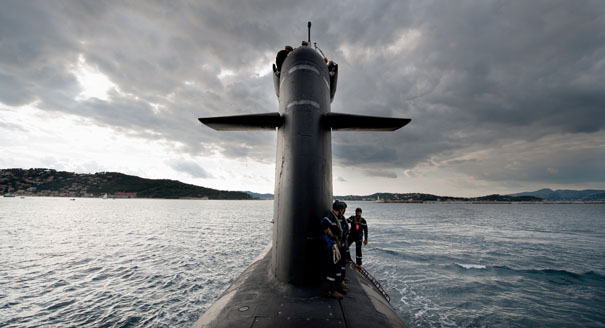Source: American Academy of Arts and Sciences
A war between two nuclear-armed states has become all too imaginable. Following Russia’s annexation of Crimea in 2014 and its interference in the 2016 U.S. presidential election, Russia’s relations with the United States are now probably worse than U.S.-Soviet relations during at least some phases of the Cold War. Stresses between China and the United States, including from the former’s land reclamation efforts in the South China Sea, are not as serious and have not built up as quickly, but a sustained détente is unlikely anytime soon. In the six years since Kim Jong-un assumed the leadership of North Korea, Pyongyang’s provocative behavior has sunk U.S.–North Korean relations to a level not seen in decades. Indeed, the two states are now engaged in a serious, if slow moving, crisis over North Korea’s nuclear and missile programs. Meanwhile, even if the Indian-Pakistani relationship is not especially bad at the moment—if judged by its own low standards—it could deteriorate rapidly and at any time.
The possibility of nuclear use would hang over a deep crisis or conflict in any of these dyads. Fortunately, the day-to-day likelihood of nuclear use is prob - ably still lower than it was during the Cold War. Certainly, the risk of nuclear use—the product of consequence and probability—almost certainly remains much smaller. Nonetheless, this risk is increasing, and not only as a result of politics. I will argue in this paper that changes in military doctrine and technol - ogy—especially in the context of growing multipolarity—also drive this risk, including in ways that are frequently overlooked....





